This year’s food sensation— changing tastes in Istanbul
 Image collage depicting the Turkish circle dough 'Simit' with sesame seeds overlayed with a image of Istanbul's historic Golden Horn in the background. (Photos from AA).
Image collage depicting the Turkish circle dough 'Simit' with sesame seeds overlayed with a image of Istanbul's historic Golden Horn in the background. (Photos from AA).
Istanbul is a city that runs on its stomach. As soon as the first tooth appears and sometimes even before, babies are given baked sour dough rings sprinkled with sesame seeds called simit to chew on.
Simit
Turks love innovation and around 25 years ago, simit were upcycled in Simit Sarayi, Simit Palace franchises. No longer a simple repast, gourmet simit became the go-to choice for dedicated followers of food trends.
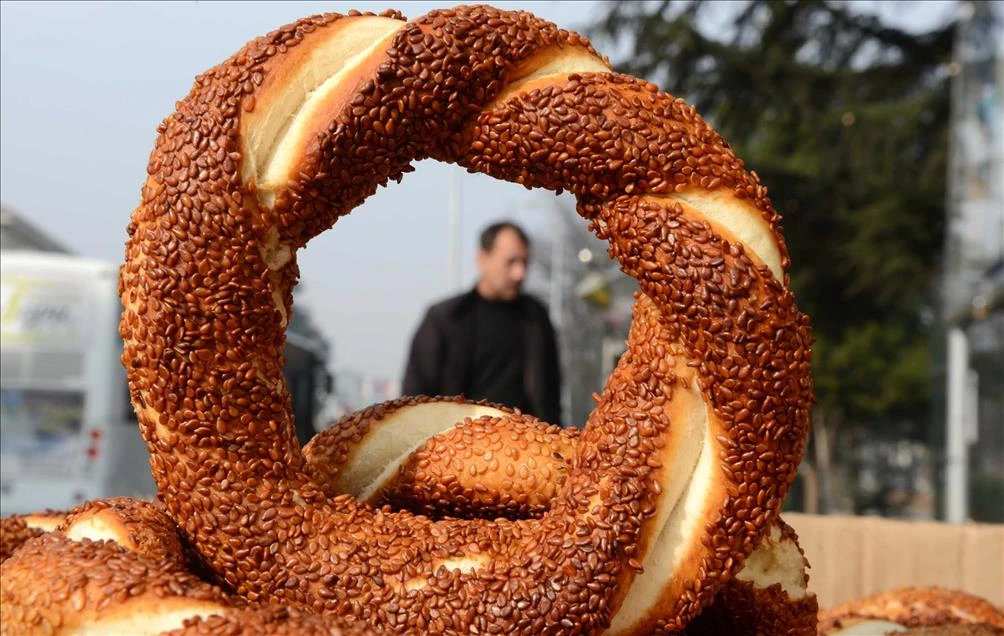
Trilece
However, food trends in Istanbul, like the weather, are changeable. Simit lost their spot to “trilece” when a former Albanian president was spotted eating this creamy dessert in a restaurant overlooking the Bosphorus. Despite popular belief that trilece originated in the Balkans, it’s more likely derived from Mexican “antes,” sponge cake soaked in sherry.
After the invention of tinned milk antes evolved into “tres leches”, three milks, each from a can. In Türkiye, the best quality trilece are made from a combination of fresh sheep, goat and cow milk.
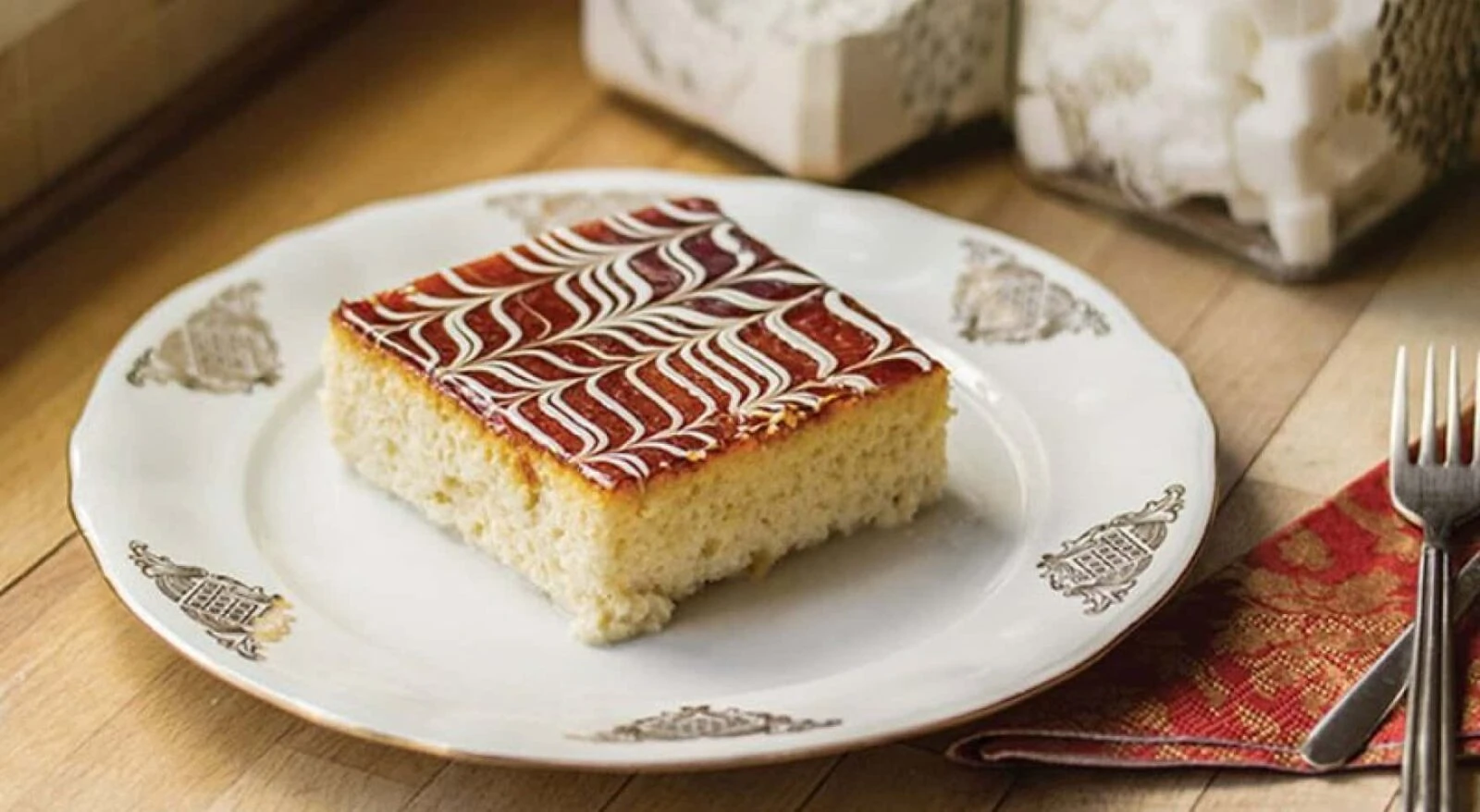
Trilece remained a firm favourite until eclipsed by the reinvention of “lokma”. This Turkish sweet made of deep-fried dough balls soaked in syrup is traditionally consumed after a death to aid the loved one on their way to the afterlife. You see them being handed out for free from trucks parked on Istanbul street corners.
Lokma
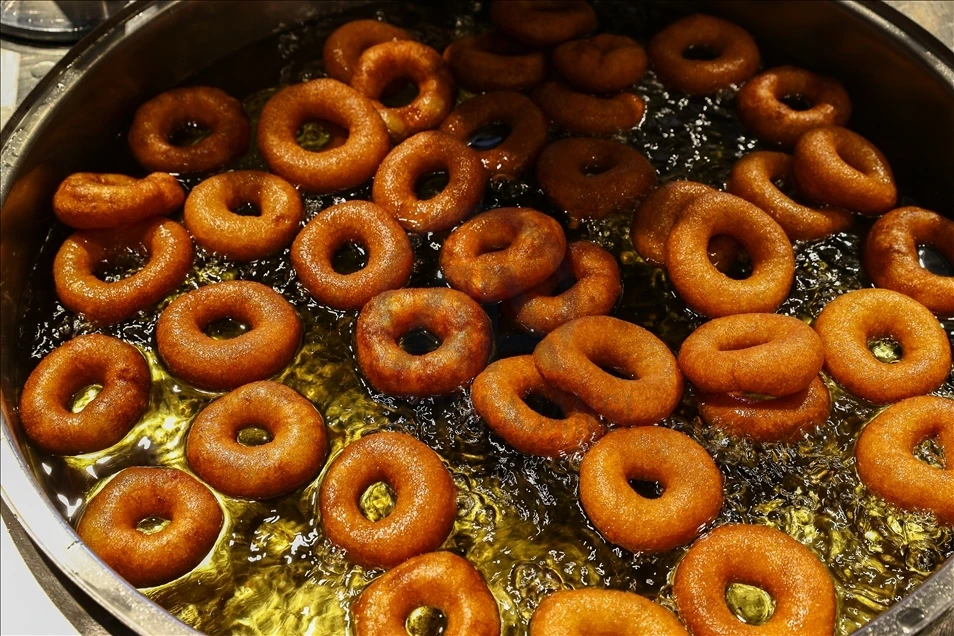
Then someone had the clever idea of drenching them in thick chocolate sauce smothered in crushed hazelnuts. There was even a vegan version. The end result was a calorific high that saw queues stretching halfway down the street in Kadikoy and elsewhere, well into the night.
San Sebastian cheesecake
That was until Turkish tastebuds met San Sebastian cheesecake. Turks love sweet things and took to this dessert made from cream cheese, eggs, cream, sugar and a bit of flour, immediately. Although the city it’s named for dates back to the 12th century C.E., this five-ingredient delight only came into being in the late 1980s. Baked at a higher temperature than normal, the end result has a deliciously burnt crust with a wobbly, soft filling.
According to Instagrammers, a cafe located in the shadows of Galata Tower serves up the best Sebastian cheesecake in town.
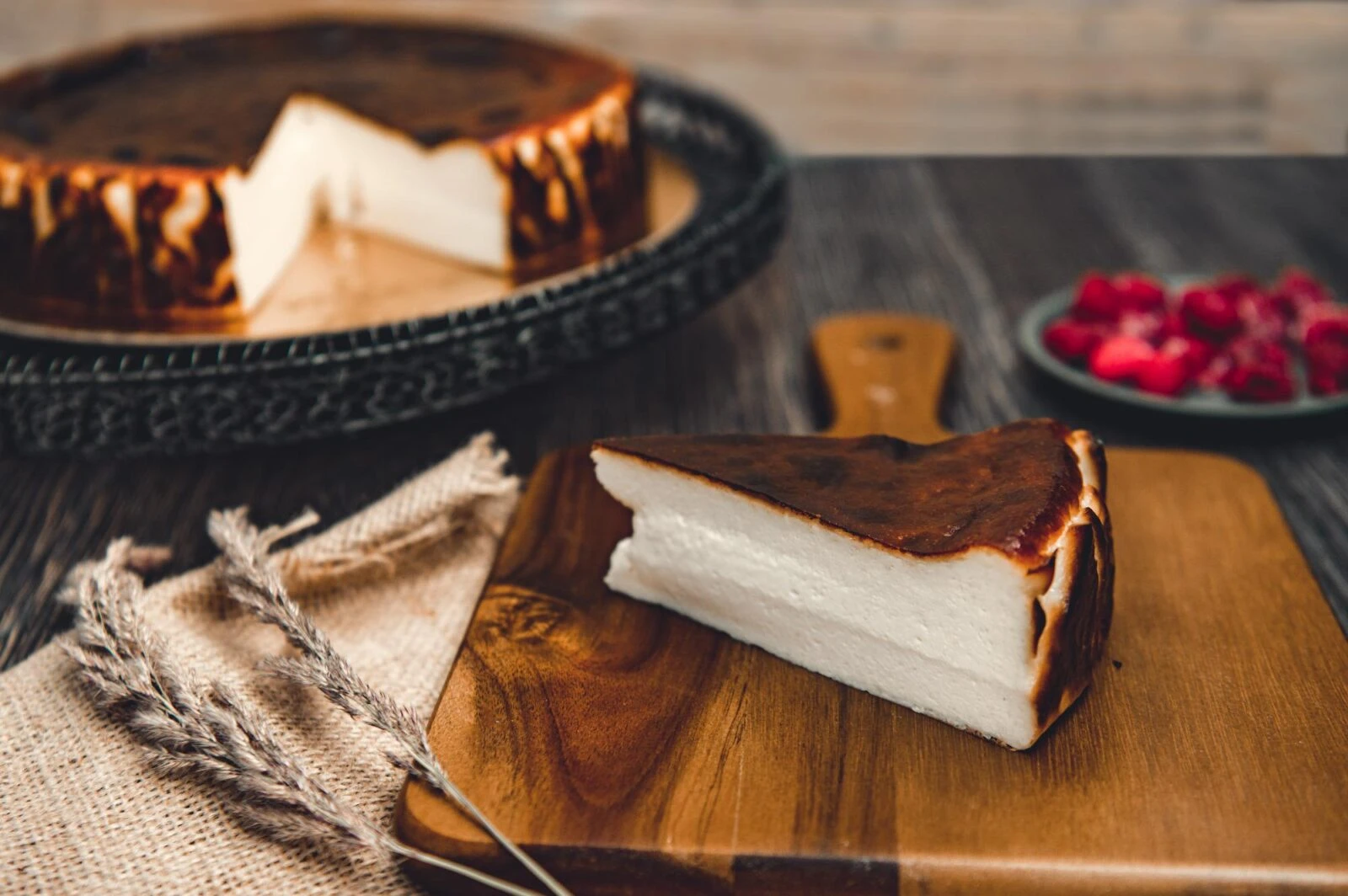
Kumda Kahve
Drinking a coffee after all that sugar is a good idea, and “kumda kahve” is the way to go. Almost overnight, Istanbul hole-in-the-wall coffee houses, once the preserve of old men in baggy pants and flat caps, were converted into fashionable venues serving tiny cups of frothy bitter caffeine shots made on hot sand. It’s all about the flavor.
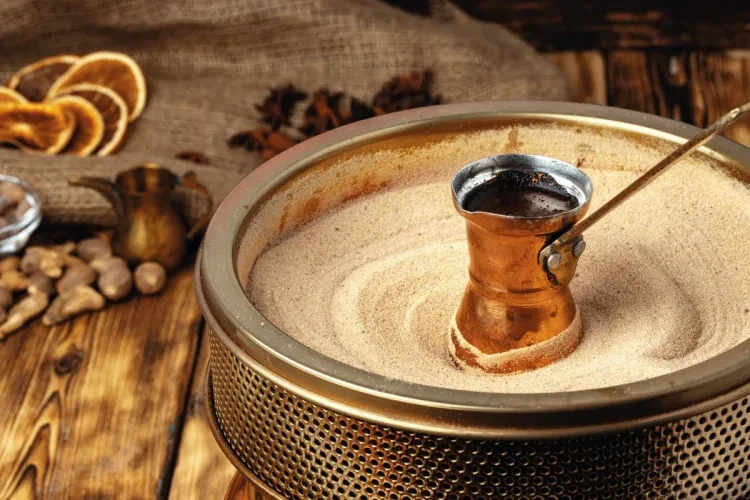
Stuffed mussels
Tastes turned savoury when “midye dolma”, mussels stuffed with rice, nuts and herbs became all the rage. Roving vendors sell them by the piece, handing customers as many as they like, garnished with a squeeze of lemon and eaten straight from the shell. Suddenly upmarket sit-down venues opened up, adding new varieties like chilli pepper or oven-baked claypot mussels while continuing to sell stuffed mussels individually with no minimum spend.
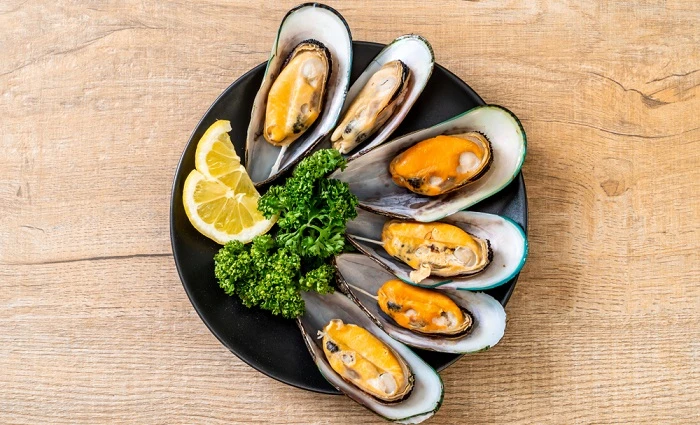
Kokorec
They say variety is the spice of life but “kokorec”, sheep or goat intestines wrapped around sweetbreads, grilled on a vertical skewer then chopped up and mixed with hot chilli flakes and thyme, is not to everyone’s taste. First introduced to Istanbul residents by Albanians working in city abattoirs in the 20th century, now you’ll find dozens of kokorec stands in Cekmekoy on the Asian side of the Bosphorus.
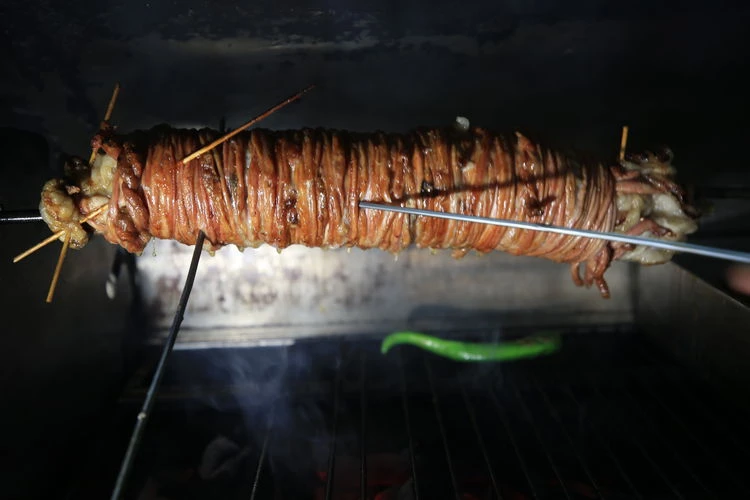
Cold Baklava
Next to hit the charts was “soguk baklava”, cold baklava. Traditionally it’s a specialty of Gaziantep in southeastern Türkiye. The cold version is thought to have originated in Diyarbakir when master baklava maker Mehmet Altunbay decided to add bitter chocolate and a milky syrup to the layers of tissue-like pastry usually crammed with pistachio and drenched in sweet syrup.
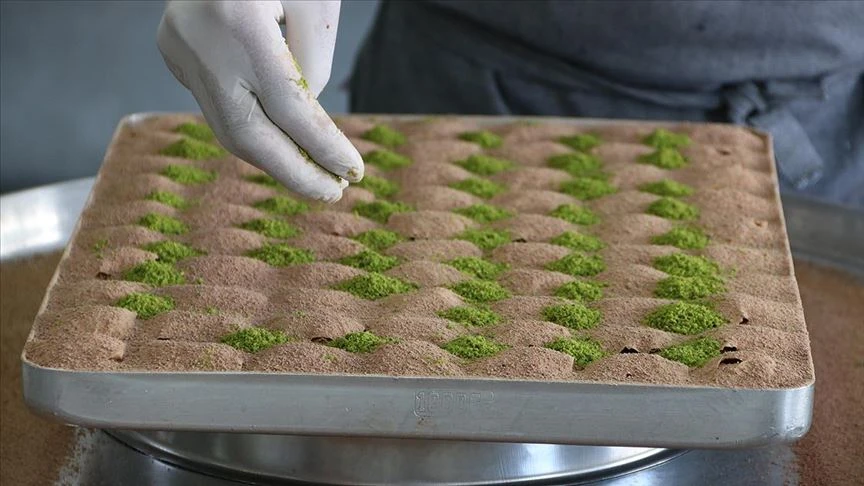
Bubble Tea
Then Taiwan came to Türkiye in the form of Bubble or Boba Tea. Back in 1949, an innovative former bartender poured cold tea into a martini shaker and created a foamy luxury drink “shou yao”. In 1986, a clever tea shop owner in the city of T’ainan added fen yuan, tapioca balls, to the mix.
Eventually fen yuan became known as boba and grew in size, resulting in the invention of the now trademark style extra-wide straw. Turks fell for this milk, tea and glutinous tapioca combination in a big way, happily queuing for hours to try classic fruit varieties and local ones like white chocolate chestnut.
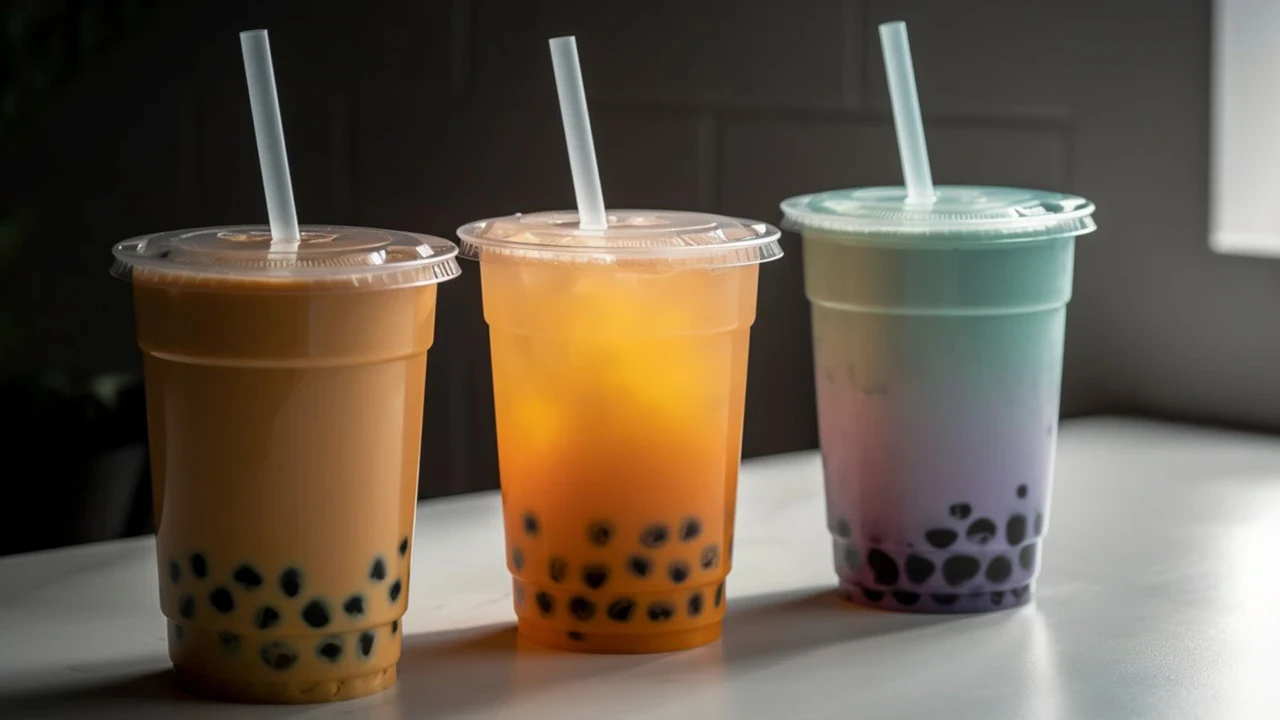
Japanese Mochi
Enamored of East Asian tastes, Turks quickly took to balls of rich creamy ice cream wrapped in “mochi”, pounded sticky glutinous rice paste. Mochi is a Japanese new year sweet eaten to mark the shift from the old year to the new. Around 1981, a Korean company called Lotte used it to create a special type of snow viewing sweet. They took “daifuku”, essentially mochi filled with sweetened red bean paste, and wrapped it around ice cream instead.
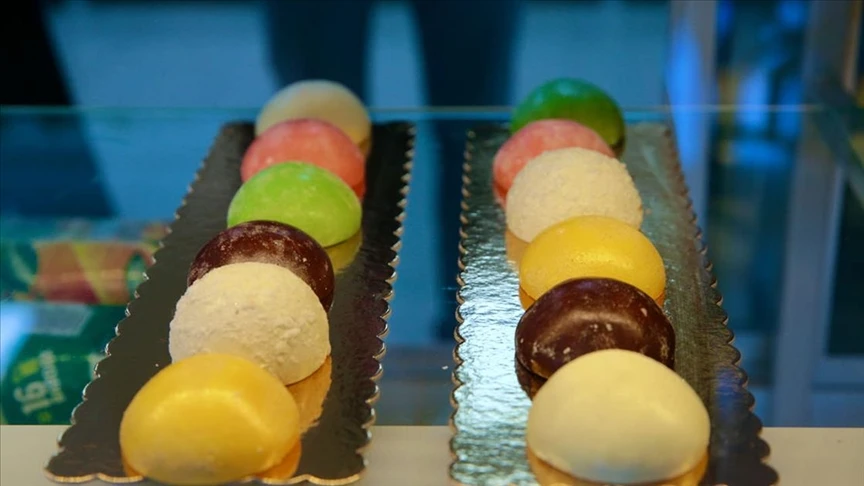
About a decade later, U.S.-born Frances Hashimoto discovered daifuku on her first ever trip to Japan. Back home in the U.S. she combined the sweet, chewy texture of mochi with the creamy richness of American dairy, calling it Japanese mochi ice cream. It’s available in Kadikoy and elsewhere in town.



